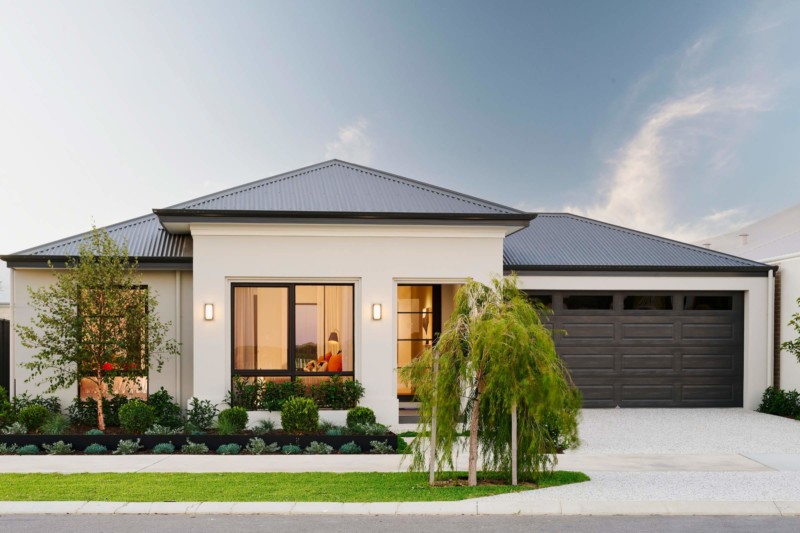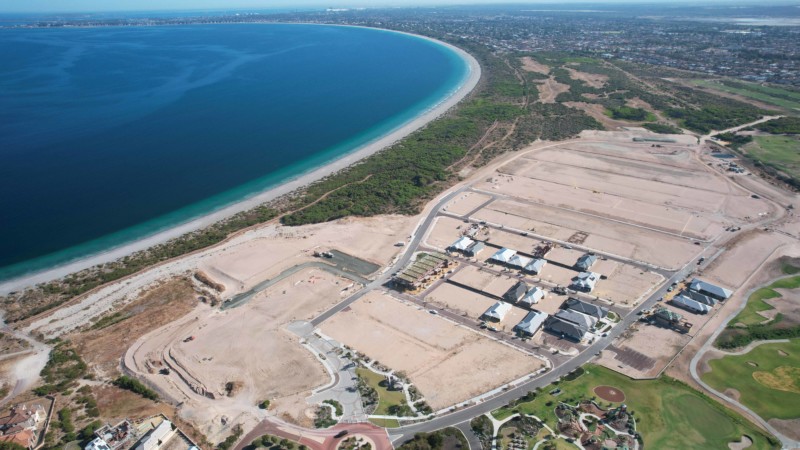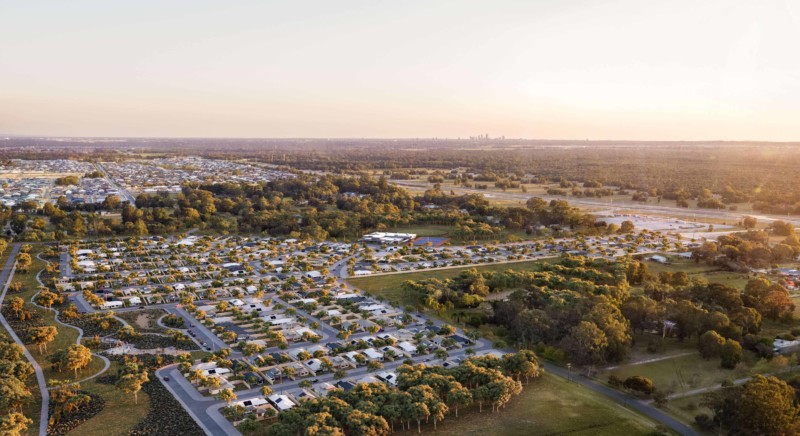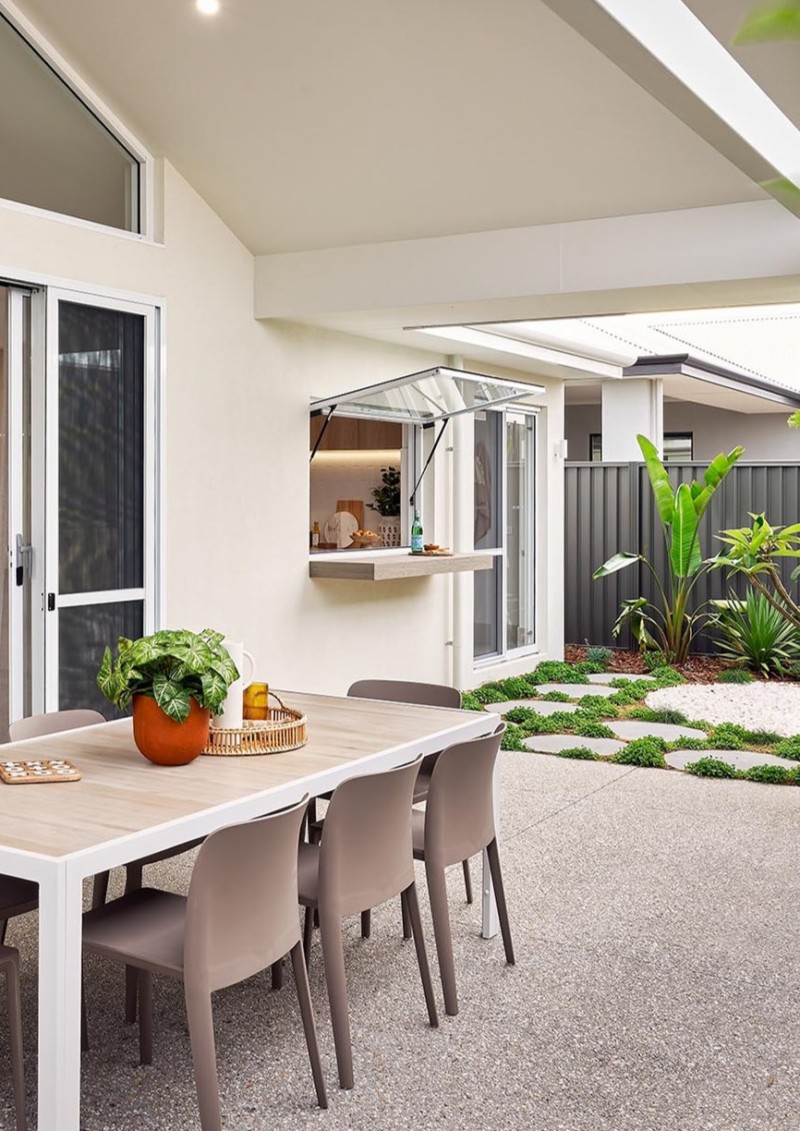Things To Consider When Looking For A Block
What could look like a great block to one person can look totally different to an experienced builder. Not many people realise how much extra cost and time can go into a new home build if they choose a block that has several build or council requirements. This is especially the case when you look at buying a block in established areas where the terrain and conditions can be unpredictable.
It is always good to consult a builder before you buy a block to discuss your new home plans and the area you are wanting to build. Especially in this market where land is scarce and prices are increasing, you want to make sure you are equipped with all the information on what a “good” block looks like for your future home.
We chatted with our house, land and construction experts to compile the top things to consider when looking for a block.
Prioritise flat and level ground
To ensure you keep site works costs down, opt for as level a block as possible. On first inspection some blocks look really flat, but it’s not until you get a survey done that you can identify the degree of slope a block actually has and the costs associated with fixing that slope. A good rule of thumb is to look at the neighbouring fence lines to see if they drop down at all. If the fence line is straight all the way along, chances are you do in fact have a flat block!
Having a sloped block is not a problem for the builder, it just adds extra costs that you may not have originally expected. As an experienced builder, we can take a look at your proposed lot before you buy to identify any potential costs and determine if your future home plans could work with such a block.
Tip: generally blocks in new land estates have the advantage of lower site works because the land developer has thoroughly prepared the land before they list the lots for sale and there is not typically huge slopes.


Consider what is underground
Again, sometimes a block can look really great when you look at it, but what you can’t see is what is happening underground. Especially in established suburbs, where people often subdivide to sell blocks, the underground utilities can often be difficult to reach and have additional costs to run the services to your future home. For example, if you are in an area with overhead power lines, you will have to make sure a power dome is installed.
Generally in new land estates, your main utilities are all set up and ready to go so you don’t encounter as many surprises when it comes to getting everything connected.

Location, location, location
You probably already have an idea of where you want to build, but have you thought about how where you build can impact how you build?
Whether you are looking for a beach side home, river view abode, or a tree change in the hills, the requirements of your site works and build can differ based on things like soil composition, noise conditions and BAL (bushfire attack level) requirements. If your block is on a busy road, this also may cause extra costs as the builder will need to engage traffic management throughout your entire build.
It is worth being aware of these things when you are block hunting to not only ensure you can build a home in a place you love, but also within your cost and time expectations.
Tip: Your builder can help you obtain an engineers report at the start of the whole process to ensure that you are fully aware of the site works requirements for your block.


Design considerations
Whilst a lot of blocks (especially in new estates) can look the same in terms of size, there are often quite a few elements on the plans that can be overlooked.
- Do you know what your block is zoned? Depending on the R-code zoning of your block, you may be restricted with what percentage of the block you may be able to build on, along with the minimum outdoor living space. These along with other council requirements are definitely worth looking into.
- Are there bus stops, pram ramps or street trees out the front of your home? There will be certain set back requirements for these that will impact your design.
- Is there retaining that exists at the front of your block? This will dictate which side your driveway will need to be on, which will then impact where your other rooms will be in the home.
- Which way is the block facing? You want to ensure that your living areas are getting the sun in winter and shade in summer to make it more energy efficient.

Consult with the experts before you purchase
At the end of the day, builders like Dale Alcock Homes who have been around for over 36 years, have seen many different types of blocks. We are the experts when it comes to identifying all of the above requirements and will be able to help you find the right block for you and your budget. We don’t only want to build you a home that stands the test of time, but one that is able to grow as your family grows for all the days you call it home.
Visit our Display Homes
Plan your visit and start dreaming about your future home
Designing Your Dream Family Home
Have a look at our top 5 tips for family friendly design that embody modern family living at its best.
